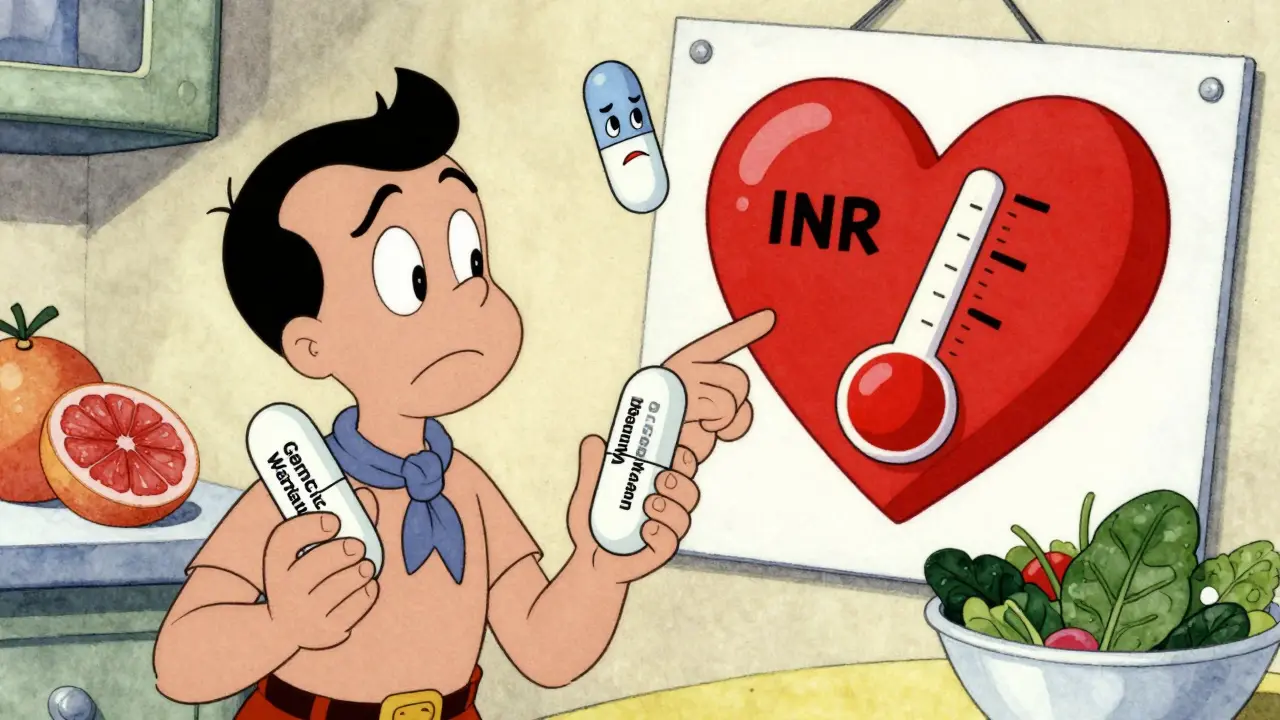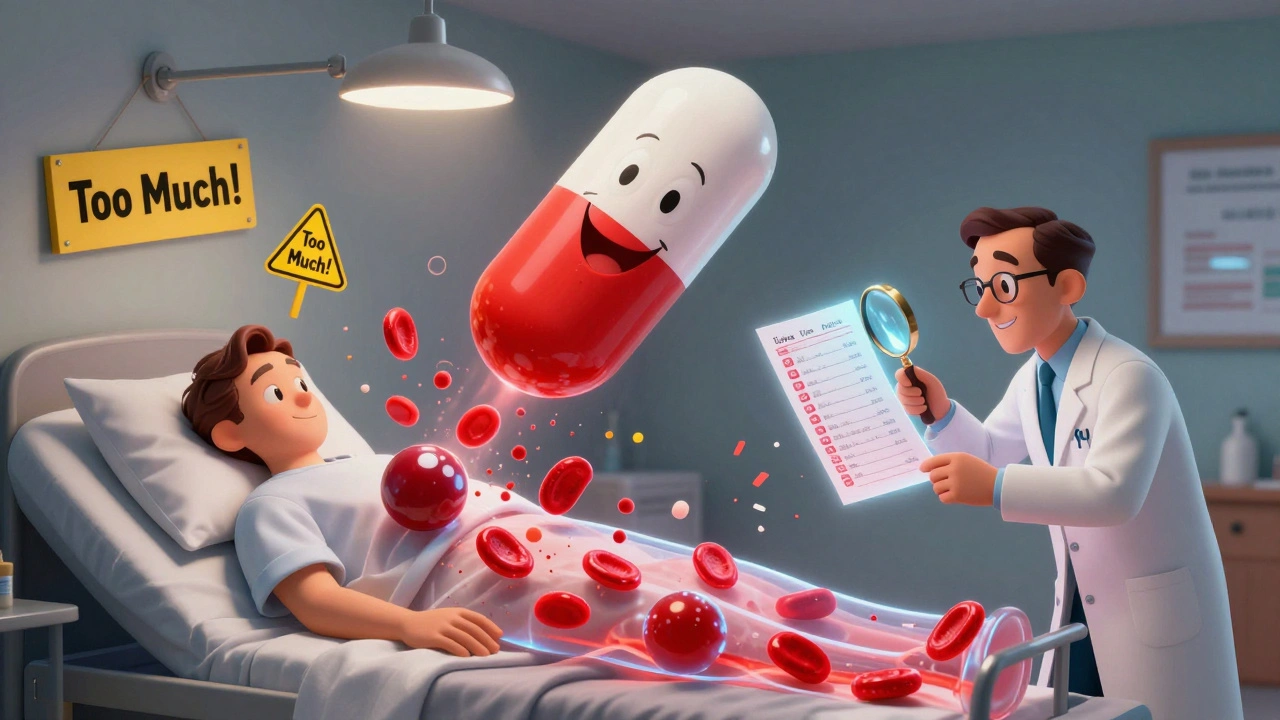Dosage Essentials: Understanding the Right Amount for Every Medicine
When talking about dosage, the specific amount of a drug or supplement taken at one time or over a set period. Also known as dose, it directly influences how well a treatment works and how safe it is. Related concepts include Medication dosage, which refers to prescribed amounts for pharmaceuticals, and Supplement dosage, which covers vitamins, herbs, and other non‑prescription products. Another key term is the Therapeutic window, the range between an effective dose and a toxic dose.
Getting the dosage right isn’t just a provider’s job; it’s a partnership. Accurate dosing determines therapeutic effectiveness and cuts down side‑effects. When a patient follows dosing guidelines—usually expressed as milligrams per kilogram or a set number of tablets per day—the drug reaches the intended concentration in the bloodstream. Missed or extra doses break that balance, often leading to reduced benefit or unwanted reactions.
Why dosage matters for both meds and supplements
Dosing guidelines are built on clinical trials that map out the therapeutic window. These guidelines consider the drug’s potency, how the body processes it (pharmacokinetics), and the condition being treated. For instance, the same antibiotic might be prescribed at 250 mg for a mild infection but jump to 500 mg for a severe case. Supplements operate on similar principles: too little vitamin D may leave you deficient, while too much can cause toxicity. Understanding the dosage‑response relationship helps patients and clinicians adjust plans safely.
Individual factors—age, weight, kidney function, and genetics—shape the optimal dose. This is why titration, the gradual adjustment of dose, is common for medications like blood pressure pills or antidepressants. Starting low and increasing slowly lets the body adapt, reducing the risk of adverse events. It also provides clear checkpoints to evaluate response before moving to the next level.
Common dosing errors often stem from unclear instructions or mixing up units. Forgetting to read whether a medication is measured in milligrams or milliliters, or misreading “once daily” as “once weekly,” can have serious consequences. Using a pill organizer, setting phone reminders, and double‑checking labels are simple habits that keep dosing on track.
Prescribers play a crucial role in communicating dosage details. They should explain the purpose of the dose, timing (morning vs. night), and what to do if a dose is missed. Patients, in turn, should ask about any uncertainties—especially when starting a new medication or switching brands. Clear dialogue ensures both parties are aligned on the therapeutic window and reduces the chance of accidental over‑ or under‑dosing.
Dosage varies not only by drug type but also by condition severity and patient population. Children often receive weight‑based doses, while elderly patients may need reduced amounts due to slower metabolism. Chronic conditions might require steady maintenance doses, whereas acute issues could demand a loading dose followed by a maintenance phase. Recognizing these nuances helps readers see why a one‑size‑fits‑all approach doesn’t work.
Below, you’ll find a curated collection of articles that dive deeper into specific dosage topics— from comparing nootropic dosing strategies to safe online purchasing of generic medications. Each piece offers practical tips, safety checks, and real‑world examples to help you master the art of getting the right amount at the right time.
Hydroxychloroquine vs Alternatives: Complete Comparison Guide
A detailed, human‑friendly comparison of hydroxychloroquine with its main malaria and autoimmune alternatives, covering efficacy, side effects, costs and practical tips.






